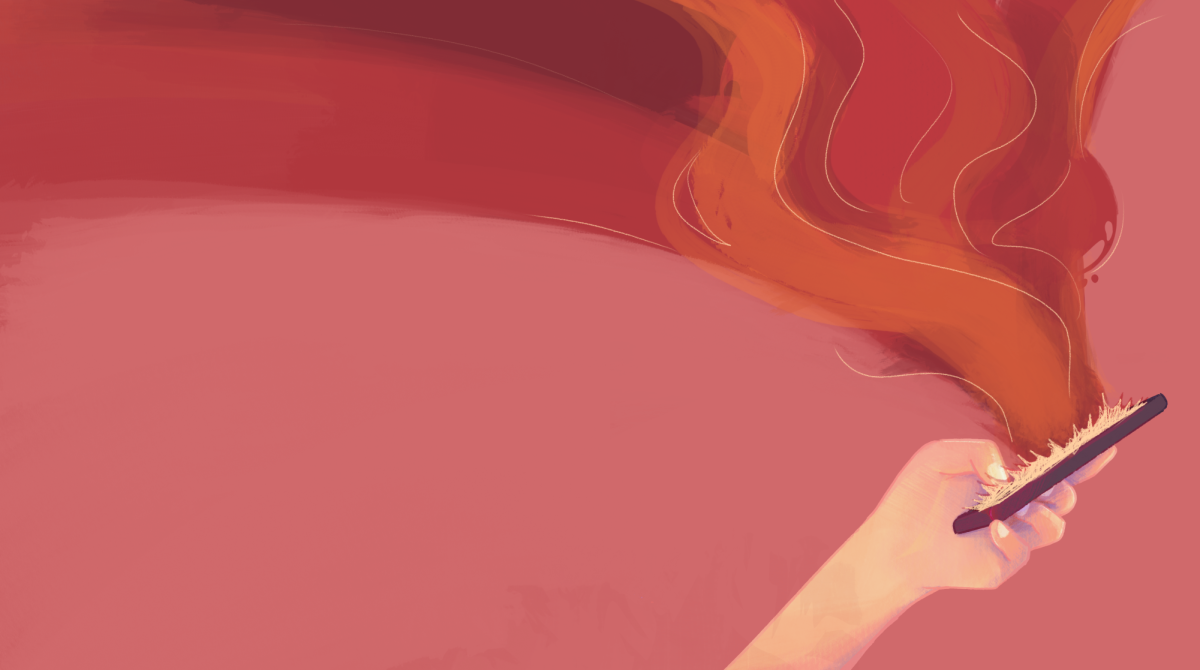As more and more hot takes on former Harvard President Claudine Gay come to drown out the initial calls to action on the university’s campus, it is necessary to take a step back and identify the role that various stakeholders played in the matter of exercising first amendment rights on Harvard’s campus.
Let us first identify the three bodies that hold power in the equation; the institution, the public, and the media.
In our case, Harvard University serves as the institution in question. While certain coverage of the matter seeks to extend this boundary to a larger pool of universities, we will remain focused on this single example to limit the influence of extraneous conditions. These bodies are responsible for setting a baseline for what can and cannot occur with regard to demonstrations within their jurisdiction.
In terms of the public, while most relevant to students attending the university, this position generally reflects the values and ideals of the nation at large. It is up to us as witnesses of the circumstances to question whether the behavior of demonstrators or the institution in question falls in line with our understanding of our democracy.
Finally, for the media, any and all coverage of the related events can be classified under this header. Our duty to the public lies in unbiased coverage of the situation, avoiding preferential treatment of any kind unless absolutely necessary.
In summary, there is a certain authority to the institution that should be respected, however it lies under the duties of the public to criticize that boundary, and the media to document that process. This distribution of responsibility, however, becomes ever dangerous once these lines are crossed.
Let’s consider Havard again. For starters, public perception of Gay varies widely on campus. In an article from the Harvard Crimson, students are shown to support both sides of the argument. Additionally, the University Board unanimously backed Gay, viewing her actions as justifiable under the context of university policy, and under the pretense of protecting First Amendment rights on campus.
As we begin to consider the media in all this, their power appears to have extended beyond what we’ve outlined. Following Gay’s testimony before Congress, news outlets were quick to call her out for her, “unwillingness to say that chanting genocidal slogans would violate Harvard’s code of conduct,” as phrased by an opinion piece published by Fox News.
This was one in a series of many gross oversimplifications of the events that transpired. While there is certainly a lot to say regarding Gay’s response to the question, one egregious factor is often overlooked, as pointed out in a VOX article released in mid-December; such “calls for Jewish genocide” were entirely absent from the initial demonstrations on Harvard’s campus.
This lack of acknowledgment of the hypothetical nature of the question posed to Gay has allowed for media outlets to control the narrative, and present a misleading picture to readers all across the nation. This misrepresentation of events then becomes the headcanon for millions, effectively surrendering any and all hope of empathy for the views of the other side.
So what can we do? This question is not only geared towards an audience of readers, but also looks inwards to the effect media outlets such as our own have on the matter of swaying public opinion. Our paradoxical answer: don’t listen to our recommendations.
More appropriately, corroborate what we have to say with other sources, both news and otherwise, and come to a conclusion for yourself that best aligns with what you believe to be right.
To put it succinctly, be aware of the sources you consume, or beware the aftertaste of bias. While navigating a world saturated with information can be daunting at times, it is important to consider an issue from multiple perspectives before making up your mind, passing judgment and sealing your fate.
From the February 2024 Issue of tjTODAY

